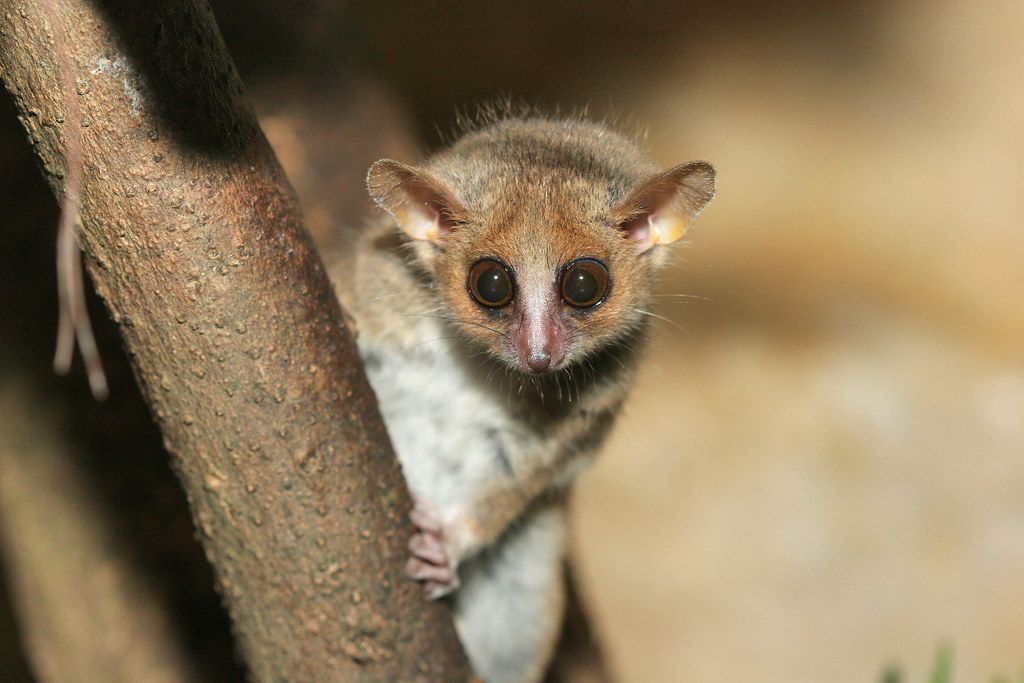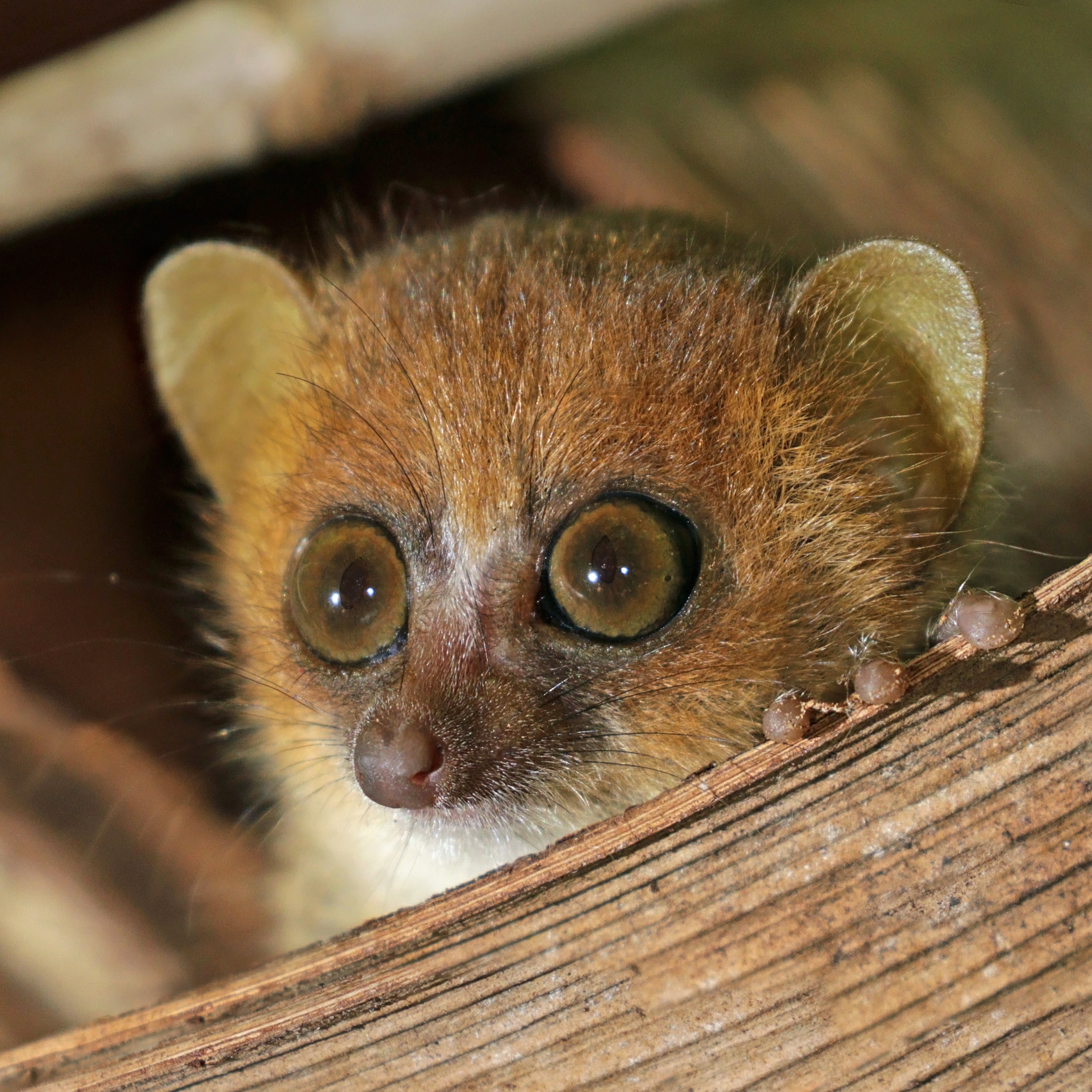
Environmental & Science Education
STEM
Biological Evolution
Nature of Science
History of Science
Models
Edward Hessler
In its useful entry on the use of model organisms in science, Wikipedia begins with a definition: A model organism is a non-human species that is extensively studied to understand particular biological phenomena, with the expectation that discoveries made in the model organism will provide insight into the workings of other organisms.
The reason for using model organisms is based in evolutionary history. All organisms "share some degree of relatedness and genetic similarity."
Or to put it as Theodosius Dobzhansky wrote an essay first published in American Biology Teacher (1973) with this title: Nothing in Biology Makes Sense Except in the Light of Evolution.
There is a new potential model organism on the block--the world's smallest primate. The critter is the mouse lemur (Madagascar). A first step in the process is developing a genetic library, using non-invasive techniques. Mouse leumurs have some obvious advantages. They are more closely related to us than another famous model animal, the mouse and like the mouse is small, reproduces rapidly and produces relatively large litters.
This short Nature video is an introduction to mouse lemurs and to the research. The critters are terminally cute.
Nature published an essay about the mouse lemur as a potential research organism by Leslie Roberts. Here are a few reasons on why you should consider reading it.
 --You will learn how Stanford's Mark Krasnow found this critter. His daughter and friends, high school students, had been pestering him to work in his Stanford lab. He didn't relent easily but when he gave in (2009), Krasnow gave three of them an assignment, a real job: find "a new genetic model organism that was a closer mirror of human biology than a mouse." Among the animals they looked at, the mouse lemur stood out in terms of characteristics such as "time to sexual maturity, litter size and conservation status." In 2011, a "first-ever mouse lemur conference was held." Participants were enthusiastic but there was a research divide between field biologist and laboratory biologists regarding genetic modification. As Roberts notes, "a scientific strategy emerged that aimed to use powerful genetic tools in a minimally invasive way."
--You will learn how Stanford's Mark Krasnow found this critter. His daughter and friends, high school students, had been pestering him to work in his Stanford lab. He didn't relent easily but when he gave in (2009), Krasnow gave three of them an assignment, a real job: find "a new genetic model organism that was a closer mirror of human biology than a mouse." Among the animals they looked at, the mouse lemur stood out in terms of characteristics such as "time to sexual maturity, litter size and conservation status." In 2011, a "first-ever mouse lemur conference was held." Participants were enthusiastic but there was a research divide between field biologist and laboratory biologists regarding genetic modification. As Roberts notes, "a scientific strategy emerged that aimed to use powerful genetic tools in a minimally invasive way."--It is never the case that if you've seen on organism in nature you've seen them all. The article has a gallery of "mouse lemur mugshots" that "reflect the animals' unique personalities." Think the large V, variation. This is also reflected in "the names the researchers have given them." Feisty. Murderface. Blinky. Stoic.
--A new animal model is not a shoo-in. There have to be evidence-based reasons for a researcher to make the switch for it represents a significant change in ongoing research programs. According to Roberts, one researcher "doesn't see researchers switching from macaques or baboons, the most widely used primate models, or marmosets, which are coming up fast, because so much is already known about them."
--Krasnow has an interest in school biology education (citizen science) in Madagasgar. He would like "students to explore what he calls the 'living laboratory' right outside." Students can learn how to screen "mouse lemurs in their own backyards and then sequence their genomes, greatly expanding the databases."
--Research techniques and design, e.g., how to measure a mouse lemur's strength (there is a wonderful picture showing a strength test), analysis of their gait, and how mouse lemurs are collected and released.
--Nature of science or how scientists go about their day-to-day work.

 CGEE Student Voice
CGEE Student Voice
No comments:
Post a Comment